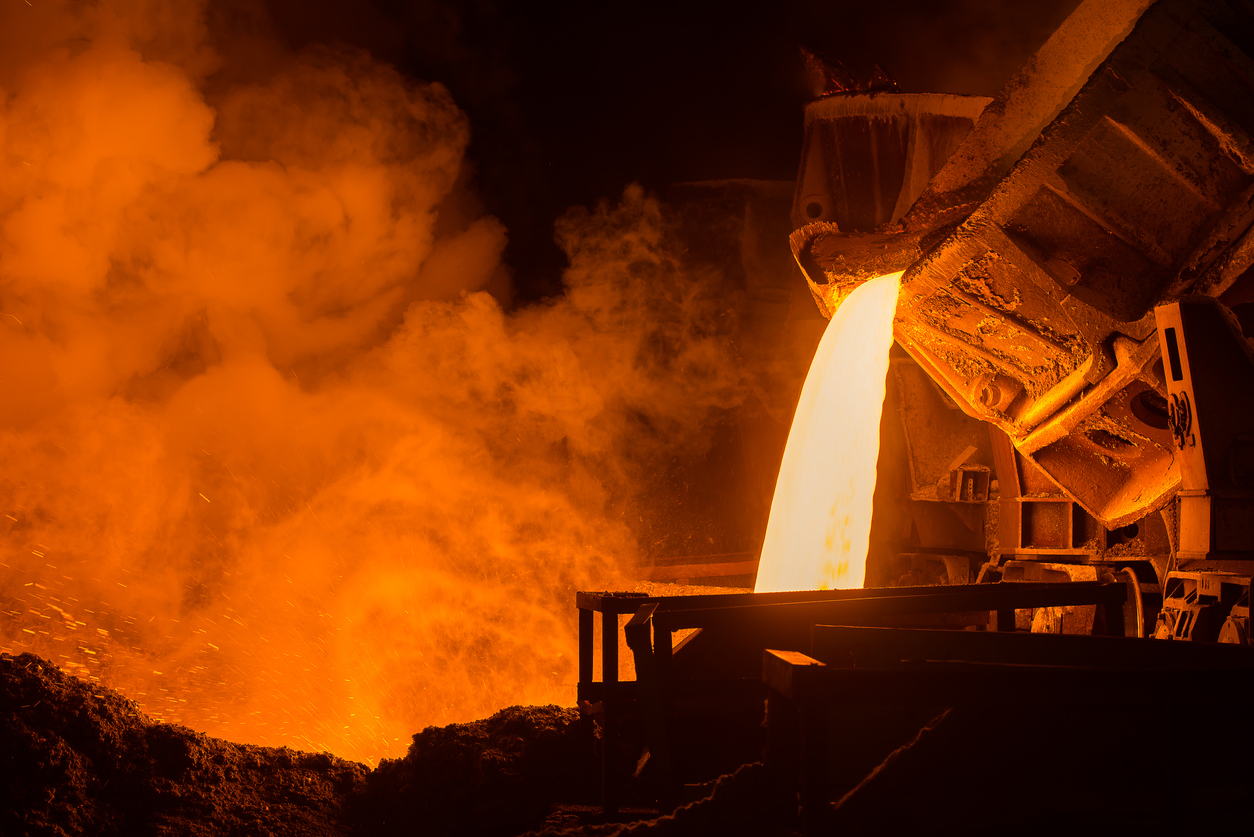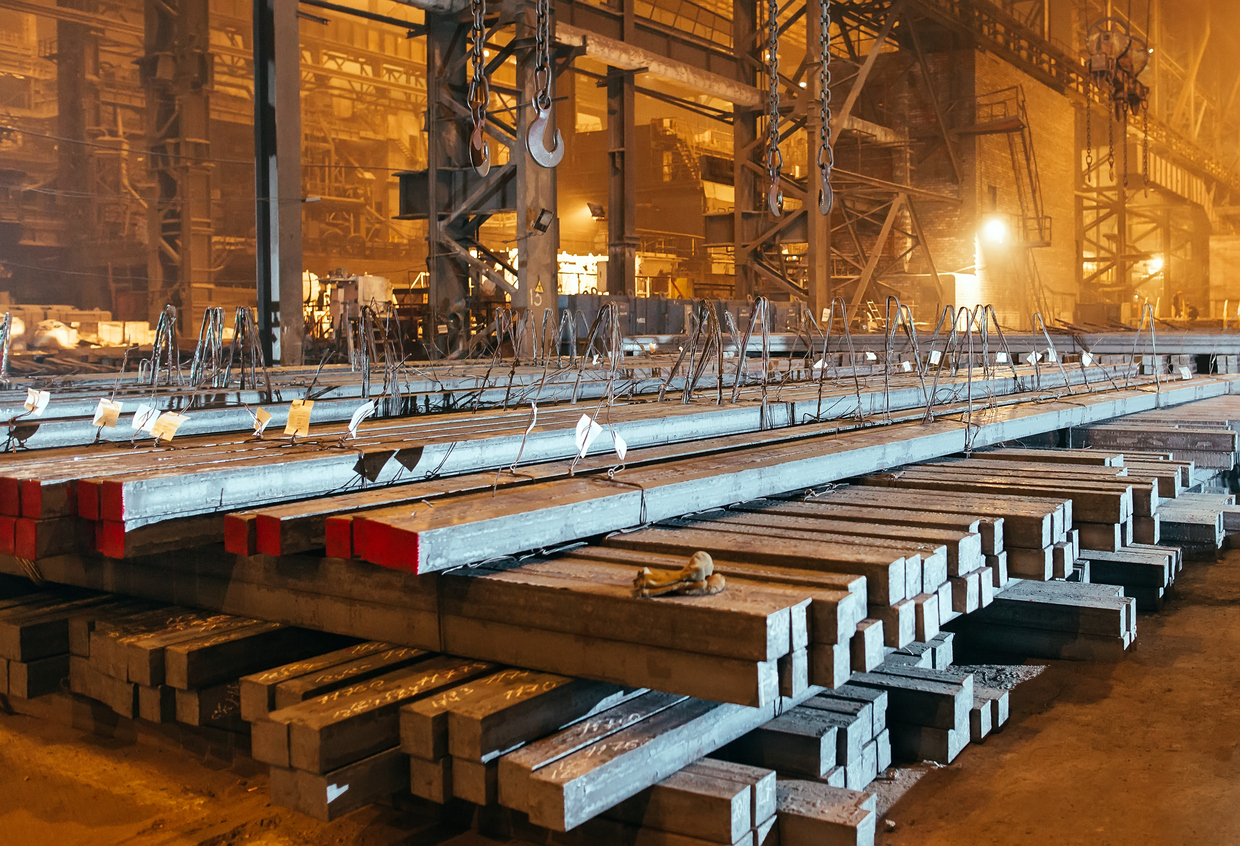
The framework for EU trade policy in a volatile geopolitical climate
These are uncertain times. Almost every day brings a new political communication affecting international trade, either by the US or the EU in response to decisions taken by the new Trump administration, some of which directly impact steel or aluminium imports.
As a result, distinguishing between political rhetoric, media buzz, and actual legal texts can be challenging. We bring you the key points from the recently published European Steel and Metal Action Plan and share our thoughts on how the EU’s strategy may play out in practice for importers and distributors of stainless steel and aluminium.
An Independent Europe
Recognising the strategic importance of steel and aluminium, the European Steel and Metals Action Plan, a key political initiative presented by Commission president Ursula von der Leyen and Executive Vice-President for Prosperity and Industrial Strategy Stéphane Séjourné, underpins a number of important measures.
The document outlines European strategy and details how the bloc aims to become more self-sufficient, strengthen EU steel and aluminium production industry, and why.
Proactive Trade Investigations, Higher Duties
The European Union isn’t in the habit of unilaterally applying tariffs. Instead, it relies on multilateral trade agreements to shape import regulations and trade defence instruments. However, geopolitical influences mean the EU must move with the times. The European Steel and Metals Action Plan sets the framework for EU trade policy moving forward.
Rather than going through the long and tedious process of assessing dumping, subsidy, and injury, the EC is exploring more efficient mechanisms to impose tariff-based duties. The Steel and Metals Action Plan promises to “proactively open investigations based on a ‘threat of injury’ without waiting for material injury to occur”.
Breaking with tradition, this framework is set to be exclusively controlled by the European Commission, without intervention from Member States or applications by EU producers’ associations. Although the EC will announce the initiation of any investigations (giving parties time to comment) in order to pave the way for new tariffs, consequences are expected to follow swiftly.
Quota-Based Tariffs to replace Steel Safeguard?
Any tariffs are likely to be based on quotas on known overcapacities, with tariffs differing per exporting country. However, the EC is not likely to impose these new tariffs alongside the current safeguard measure as they would have a cumulative effect.
Instead, we expect to see the groundwork being laid by October of this year, ensuring the new regime is ready to replace the steel safeguard upon its end date of 30 June 2026. Despite the current geopolitical turbulence, we expect the EC to remain committed to upholding WTO rules and agreements to the very end.
Aluminium Safeguard Investigation
The EC has begun gathering evidence with a view to introducing trade defence instruments in the aluminium sector. It has stated its intention to launch a safeguard measure investigation as soon as they receive the ‘duly substantiated’ request. Whether this request can be expected in the coming days, weeks, or months, remains unknown at the time of writing.
More importantly, this investigation will help the Commission gain a clearer understanding of what market forces go into aluminium production and determine the scope of products that might be covered by a possible “melted & poured rule” before implementing policy. As such, we expect a product scope investigation to be proposed sometime this year, with the aim of implementing measures by June 2026 latest.
The Commission aims to pave the way for maximum added value creation within the EU. This means that slabs – the first feedstock element – are not likely to see anti-dumping duties, whereas imports of semi-finished products – such as coils or profiles – are more likely to be targeted by duties.
“Melted & Poured Rule”: Clever Fix or Legal Trap?
Having experienced the drawbacks of the current safeguard measure, the European Commission has been exploring more effective alternatives for its replacement. On paper, and in an ideal world, the “melted & poured rule” appears to offer an effective solution as it shifts the focus further up the supply chain.
By concentrating on the country where the steel was originally melted, the country of the last substantial transformation becomes secondary. In theory, it addresses the root of the problem: sanctioning the systemic overcapacity practices of certain countries.
The EC does not intend to overhaul the entire legal framework of the traditional rules of origin as applied by TARIQ, DG Taxud, DG Trade, OLAF, and others. Instead, the Commission is considering broadening the scope of existing measures and will likely take a cautious approach, initially applying the new rule only to a few highly sensitive product families such as cold rolled flat products.
Side note: such an approach would invalidate the existing anti-dumping and anti-subsidy measures affecting the products in question, as well as any previously granted exemptions.
Good Intentions, Bad Outcomes
While driven by political goodwill and well-meaning intentions, some EU initiatives can be disconnected from practical realities. Commission officials are then left grappling with policies that look promising on paper but are almost impossible to put into practice. We believe the “melted & poured rule” to be such a measure.
There is no visible difference between one steel product and another of identical shape and size. The determination of the origin of the liquid steel from which it was made depends entirely on the trust placed in the certificates accompanying the product: certificates that may – or may not – correspond with the actual goods sold.
Unless costly, time-consuming, and scientifically uncertain laboratory tests are conducted, nothing truly guarantees the origin of the pre-material, apart from the credibility of the parties supplying the certificate along the supply chain. When duties depend solely on good faith and reputation, human nature quickly takes over, and every certificate of origin inevitably becomes suspect.
Knowing that certain steel products may pass through multiple traders before customs clearance into the EU, it’s easy to imagine the level of legal uncertainty that such an unverifiable rule would generate—especially when enforced by 27 different national customs authorities.
This uncertainty will mostly benefit lawyers and metallurgical consultants, leading to a sharp rise in court disputes and increased prices. And unlike the tariffs imposed in the United States, such a price increase will not generate revenue for the EU budget. It will just create legal insecurity, confusion, and market chaos.
Foundation of Legal Certainty
Fundamentally, the principle of legal certainty must be respected – importers cannot be left out in the cold from one day to the next – and applicable rules must be transparent. This is where associations such as EURANIMI play a crucial role.
Either way, interesting situations lie ahead as the EC begins to tackle this complex subject matter. We will be sure to keep you informed.
Find out more about what we do and why we do it.
Related Articles
Case Documents
Please log in as a member to consult all related case documents.



